Array<Int> is an Integer[] under the hood, while IntArray is an int[]. That's it.
This means that when you put an Int in an Array<Int>, it will always be boxed (specifically, with an Integer.valueOf() call). In the case of IntArray, no boxing will occur, because it translates to a Java primitive array.
Other than the possible performance implications of the above, there's also convenience to consider. Primitive arrays can be left uninitialized and they will have default 0 values at all indexes. This is why IntArray and the rest of the primitive arrays have constructors that only take a size parameter:
val arr = IntArray(10)
println(arr.joinToString()) // 0, 0, 0, 0, 0, 0, 0, 0, 0, 0
In contrast, Array<T> doesn't have a constructor that only takes a size parameter: it needs valid, non-null T instances at all indexes to be in a valid state after creation. For Number types, this could be a default 0, but there's no way to create default instances of an arbitrary type T.
So when creating an Array<Int>, you can either use the constructor that takes an initializer function as well:
val arr = Array<Int>(10) { index -> 0 } // full, verbose syntax
val arr = Array(10) { 0 } // concise version
Or create an Array<Int?> to avoid having to initialize every value, but then you'll be later forced to deal with possible null values every time you read from the array.
val arr = arrayOfNulls<Int>(10)
